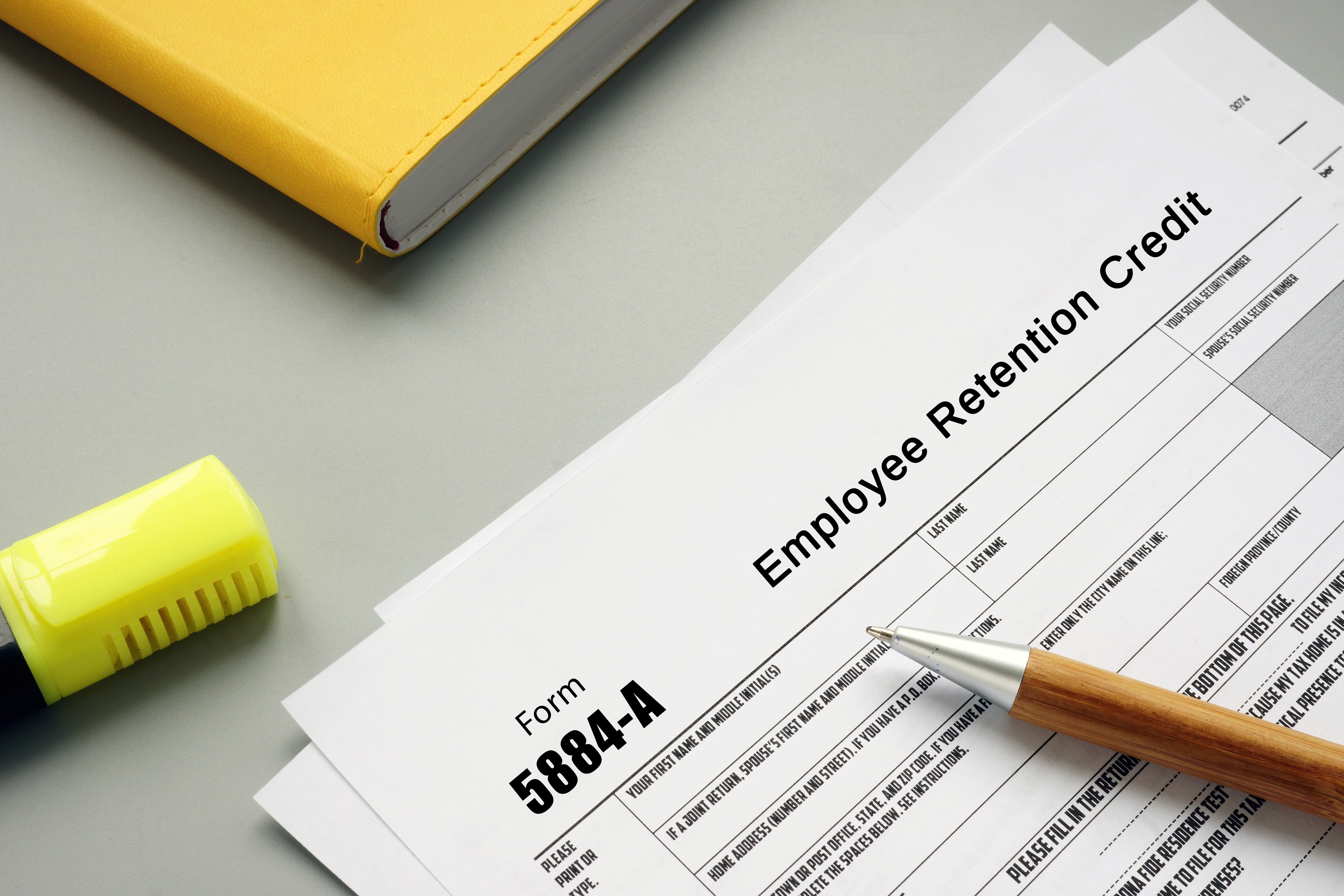Construction Contractors Can Get Benefits From The Employee Retention Credit
Employers in construction are often eligible, as they are subject to restrictions by the government. Owners of businesses that aren’t well-informed don’t have a why employee retention is so important complete understanding of credit and its qualifications. After reducing deposits, small contractors may request advance payment of the credit via Form 7200, Advancement of Employer Credits Due To Covid-19. http://uz7.s3-website.ap-east-1.amazonaws.com/employeeretentioncredit/Employee-Retention-Credit-Eligibility/Construction-Contractors-May-Be-Eligible-For-A-Retention-Credit-To-Their-Employees.html
What qualifies an organization for employee retention credit
The Infrastructure Investment and Jobs Act of twenty21 moved the expiration of the ERC forward, effectively removing the program for the fourth-quarter of 2021. However construction companies are still permitted to submit payroll tax filings in the covered periods. Employers who filed their 2020 payroll taxes were allowed to deduct the money from their quarterly payroll taxes. For quarterly filed periods, those who didn’t file in 2020 and those who claimed the ERC in 2021 for the first time on payroll taxes will be refunded. In March 2020, the Employee Retention Credit (“ERC”) was introduced to encourage companies to retain employees on their payrolls. It is the Employee Retention Tax Credit. The credit is one of largest tax credits for construction and home improvement businesses that have experienced financial hardships from the COVID-19 virus.
Should Construction Companies File For The Employee Retention Credit?
The ERC may be worth up to $7,000 per person per calendar quarter in 2021. Concerning the timing, Qualified wages are compensation that an employee receives after March 12, 2020, and before July 1, 2021. They may also include the qualified health plan expenses of the Eligible Employer that are applicable to the wages. A company cannot get double the benefit from credit claims based on the exact same wages for purposes ERC, PPP forgiveness determination, and other wage-based tax credits
Contractors should consult an expert to determine their credit eligibility. A lot of confusion still exists surrounding who is eligible to claim the employee retention credit and who isn’t. Luckily, the IRS released new guidance earlier this week regarding ERC to clarify retroactive changes made to the credit ERC construction business for the 2020 tax year and explain how employers who received a Paycheck Protection Program loan may claim it. With rising inflation and an uncertain market ahead, seeing so many eligible companies miss out on such a valuable resource is disheartening.
What Is The Employee Retention Credits?
If you had W-2 employees in 2020 or 2021, you may be eligible if your operations were affected by supply shortages caused by government-ordered shutdowns. Eligible Employers claim the ERC by reducing a quarter of its required payroll tax deposits on Form 941. Initially, the ERC is applied to 6.2% of the employer’s share in social security taxes on wages paid to all employees during the quarter. If the ERC exceeds this amount, the ERC may be offset against any remaining payroll tax liabilities by completing Form 941. This is more generous than the 2020 tax credit, which was 50% of qualified wages per employee for all quarters (or, in other words, up $5,000 per employee).
What Happens If You Are Awarded The Second Round?
He said, “We continue to find that construction is an underutilized market in terms of incentive tax credits in particular.” To get the credit, your accountant or financial advisor will need to file an amended form 941 payroll tax form. Currently, processing IRS paperwork takes around eight months. However this has decreased in recent months to as low as four to six month.

Many contractors received employee retention credits in the past year and half. Others are in the process. OnCentive – the nation’s premier profitability consulting company, announced today that it is now able to finance clients’ COVID-19 employees retention credit. This will help businesses get a much needed infusion of cash without waiting on Internal Revenue Service. Through a newly secured funding partner, OnCentive will qualify, calculate, file, and fund clients’ COVID-19 Employee Retention Credits within weeks, forgoing the typical eight-to-nine-month turnaround IRS times. COVID-19 has caused severe disruptions to supply chains in the last two years. Many of these disruptions are still ongoing.